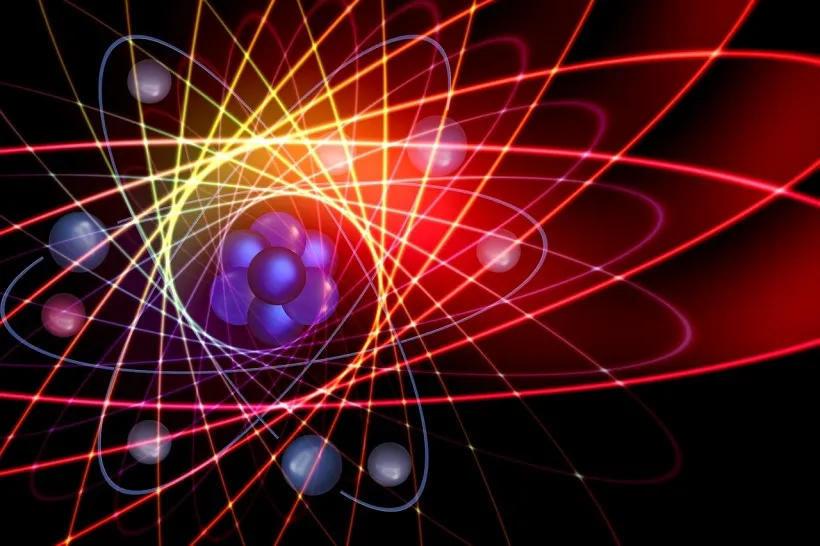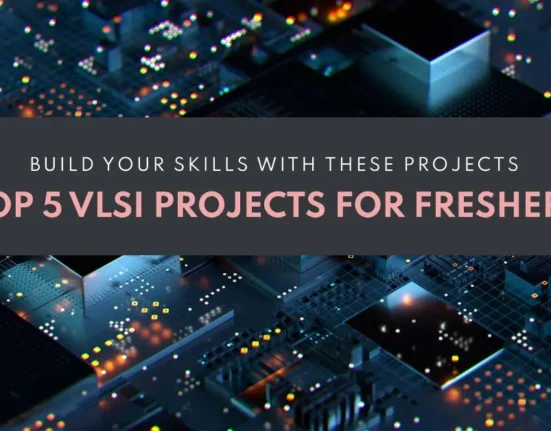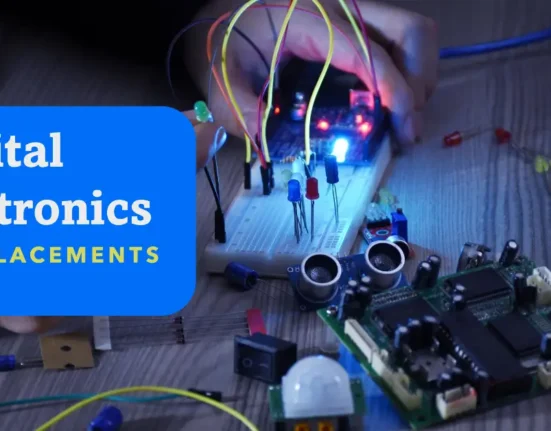Over the past two decades, a technological revolution has been brewing, with giants like Google, Microsoft, and IBM competing to establish quantum computing. With over $5 billion invested by eager investors, the goal is clear: To bring Quantum computers into the Real world from labs. Quantum computers, governed by the strange rules of the atomic and subatomic realm, hold the promise of changing industries from drug discovery to cryptography, finance, and supply-chain logistics.In this article we will discuss about Quantum Noise.
The Promise and the Hype:
In the middle of this excitement, the quantum computing realm is not without its doubters and hype. Statements like Haim Israel’s saying that quantum computing will be greater than all revolutions humanity has seen introduce an air of anticipation. Yet, amidst the promises, scientists struggle with a lot of claims and counterclaims, making the field a tricky one to evaluate.
Understanding Quantum Noise:
Beneath the surface lies a crucial factor determining the success of quantum computing – the challenge of quantum noise. The delicacy of quantum systems makes them exceptionally vulnerable to the tiniest disturbances: a stray photon, a random signal, or even a physical vibration. . It arises from various sources, including thermal fluctuations, electromagnetic interference, imperfections in quantum gates, and environmental interactions. This noise, if left unchecked, wreaks havoc, generating errors and potentially halting a quantum computation. The crux of the matter lies in taming this noise; without it, the potential of a quantum computer can never surpass that of a classical counterpart, regardless of its size or applications. Click Here to watch this video on Noise.
A Decade of Discontent: Handling Noisy Circuitry:
In the journey towards practical quantum computing, researchers faced a decade of creeping disappointment during the late 2000s and early 2010s. Real-world quantum computers proved far more problematic than initially hoped, prompting some to question the feasibility of overcoming these issues.
Breakthroughs in Noise Mitigation:
Recent years have brought about theoretical and experimental breakthroughs, rekindling optimism in the quantum community. Researchers now declare that the problem of noise might finally be on the ropes. A combination of hardware and software strategies is showing promise for suppressing, mitigating, and cleaning up quantum errors. Although not the most elegant approach, these strategies offer hope and may prove effective sooner than anticipated.
To Learn about Key breakthroughs in Quantum computing in 2023 . Click Here
Different Approaches Adopted by Quantum Giants:
Google:
Surface code implementation: In October 2023, Google researchers used a “surface code” error correction protocol to recover from five simultaneous errors in a single qubit, a significant leap from previous demonstrations. This achievement involves encoding quantum information across multiple qubits, making it more resilient to individual errors.
Stabilizer code optimization: Google’s Sycamore quantum processor utilizes a sophisticated “stabilizer code” scheme, constantly analyzing qubit states and applying corrective pulses to counteract errors before they propagate. Recent refinements to this code have improved its efficiency and error-detection capabilities.
IBM:
Ten-qubit error correction prototype: Unveiled in December 2023, this specialized processor embodies IBM’s “Quantum Error Correction on a Surface Code”-based approach. Each qubit is entangled with multiple neighbors, forming a fault-tolerant network that can automatically detect and correct errors without user intervention.
Topological codes exploration: IBM is actively researching “topological codes,” a more robust framework for error correction that leverages the inherent properties of materials and geometry. They have demonstrated proof-of-concept integrations of these codes with their diamond nitrogen-vacancy qubits, offering a promising path for scalable quantum processors.
Amazon Braket:
Braket Quantum Error Correction Simulator: Launched in November 2023, this cloud-based platform allows developers to experiment with various error correction algorithms on simulated quantum hardware. This opens up new avenues for testing and optimizing error correction protocols without requiring access to physical quantum devices, accelerating research and development.
Collaborations with leading research institutions: Braket actively collaborates with universities and research institutes like UC Berkeley and the Max Planck Institute to explore cutting-edge error correction techniques. These collaborations leverage Amazon’s cloud infrastructure and Braket’s simulator to push the boundaries of noise mitigation research.
Intel:
Hybrid quantum-classical architecture: Partnering with QuTech in late 2023, Intel is focusing on integrating classical logic circuits directly into their quantum hardware. This hybrid architecture allows for real-time error detection and correction within the processor itself, mitigating noise at the hardware level.
Cryogenic chip advancements: Intel’s expertise in chip design extends to their cryogenic chips, housing the delicate quantum hardware at ultra-cold temperatures. They are developing low-noise materials and manufacturing processes specifically optimized for quantum applications, minimizing environmental noise sources.
Conclusion:
As quantum computing continues to evolve, the challenge of quantum noise remains a critical hurdle. The ongoing research into understanding, mitigating, and correcting quantum noise is essential for the advancement of quantum technology. The intersection of theoretical breakthroughs, hardware innovations, and software strategies paints a hopeful picture for the future. The era of “quantum utility,” where it makes sense to use a quantum processor for certain tasks, may be upon us sooner than expected, ushering in a new era in computational capabilities.




